Introduction
The Permeapad Barrier is a biomimetic membrane used for permeability assays in the laboratory. It mimics the body’s biological barriers to predict drug absorption. This barrier provides a stable and reproducible alternative to traditional biological models. It is designed for use with apparatus such as Franz-Cells.
Product Overview
The Permeapad Barrier is constructed from a cellulose membrane and a layer of lecithin, which mimics the structure of cell membranes. This design allows for the accurate simulation of passive mass transport of active pharmaceutical ingredients. Unlike cell-based models, the barrier is robust, has a long shelf life, and can operate across a wide pH range (1-10). This makes it a versatile tool for early-stage drug screening and formulation development.
Key Features
- Biomimetic Composition: Cellulose and lipid structure mimics biological barriers.
- Reproducible Results: Provides consistent and fast passive mass transport simulations.
- High Durability: Robust membrane with a long shelf life, resistant to various experimental conditions.
- Wide Compatibility: Suitable for use with Franz-Cells, side-by-side diffusion cells, and other setups.
- Flexible pH Range: Operates effectively in a pH range from 1 to 10.
Technical Specifications
| Membrane components | Cellulose membrane + Lecithin (S-100) |
| Disk Diameter | 25.0 mm or 35.0 mm |
| Operating pH range | 1-10 |
| Operation temperature | 25°C or 37°C |
| Test duration | Up to 24 h |
| Storage | Store at 25°C, do not expose to sun and UV radiation. |
| Analysis method | e.g. HPLC, LC-MS/MS, etc. |
Applications
- Performing in-vitro permeability assays.
- Simulating passive drug transport across biological barriers.
- Screening of early-stage drug candidates.
- Formulation studies for topical and oral products.
- Alternative to cell or animal tissue models in initial studies.
Pricing
Please contact us for consultation and detailed quotation.
Frequently Asked Questions (FAQ)
1. What is the Permeapad Barrier?
The Permeapad Barrier is a synthetic membrane designed to mimic biological barriers, used to predict drug absorption in in-vitro studies.
2. How does the Permeapad Barrier work?
It works by providing a selectively permeable surface, allowing researchers to measure the rate at which a drug moves across it, simulating passive transport in the body.
3. What is the main advantage of using this barrier?
The main advantage is its stability, reproducibility, and long shelf life compared to biological models, leading to more consistent results.
4. What equipment can I use this barrier with?
This barrier is compatible with standard diffusion apparatus like Franz-Cells and side-by-side diffusion cells.
5. What kind of data can be obtained using the Permeapad Barrier?
You can obtain data on permeation, flux, the apparent permeation coefficient (Papp), and drug recovery.
Conclusion
The Permeapad Barrier offers an efficient and reliable solution for permeability studies. It simplifies the testing process and provides reproducible data to support drug development. Contact us to learn more about this product.

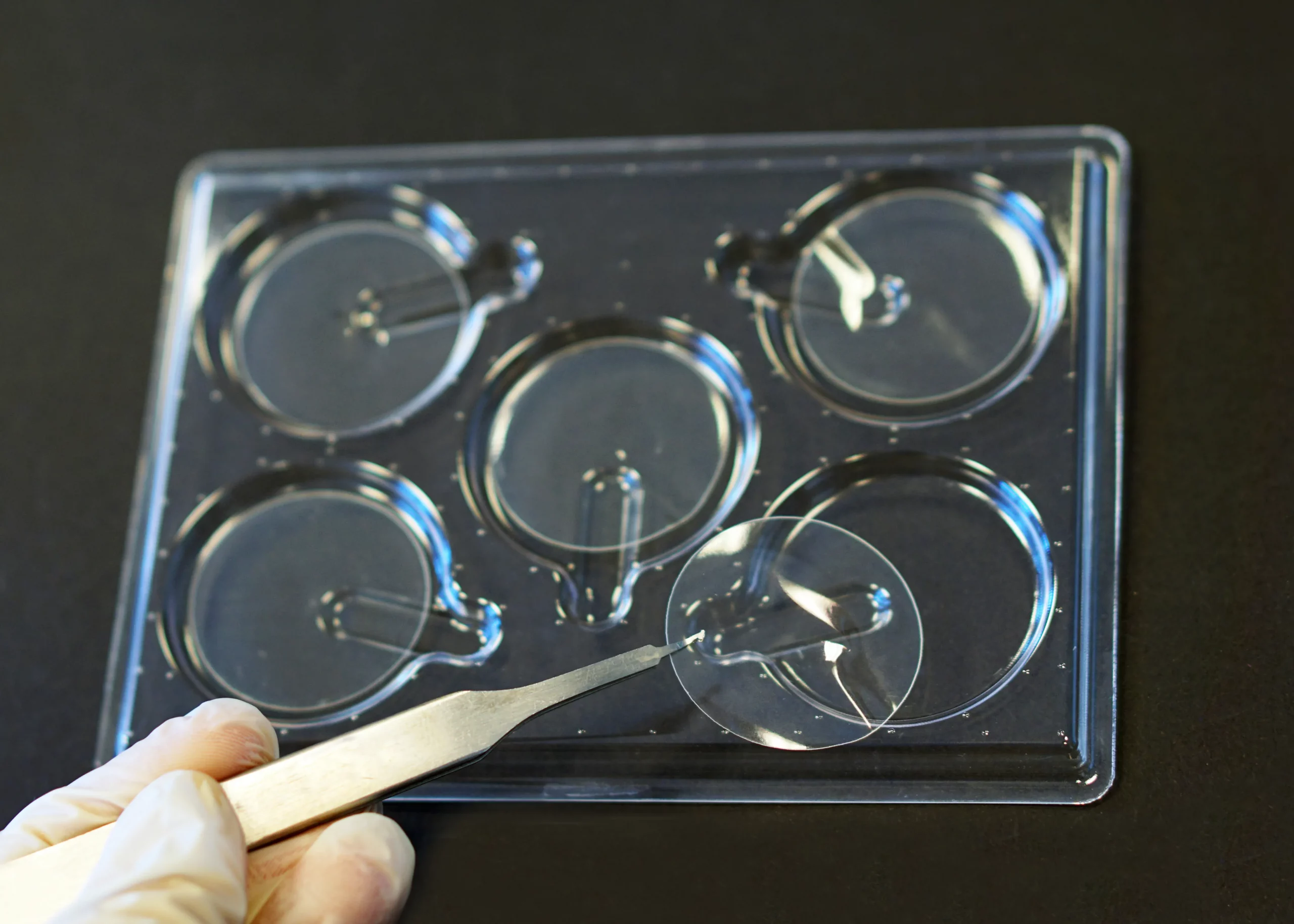

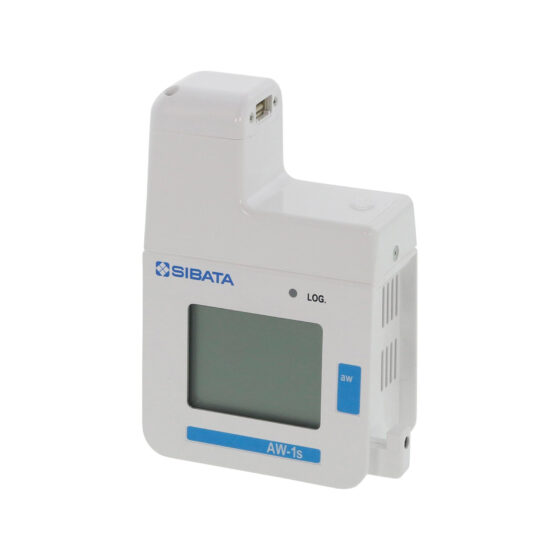
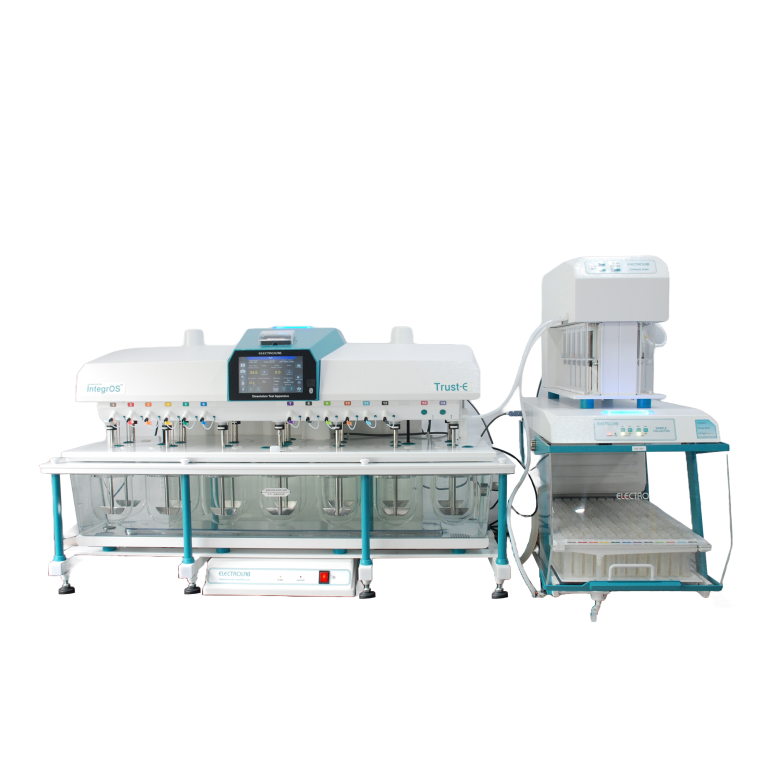
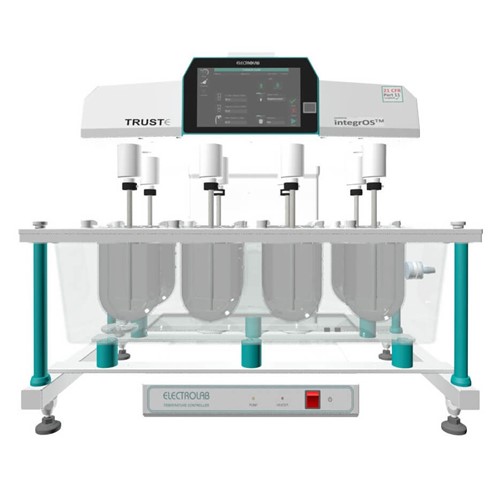
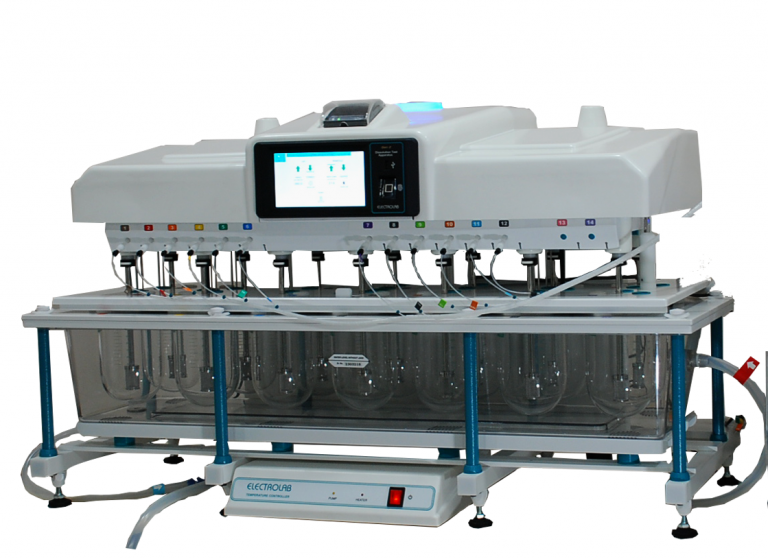
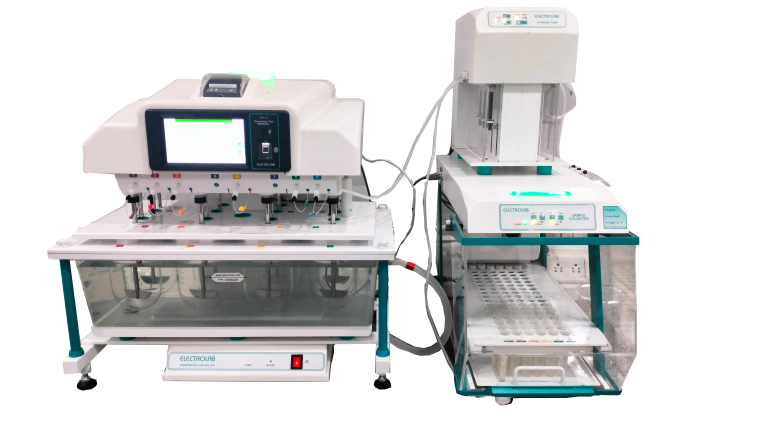
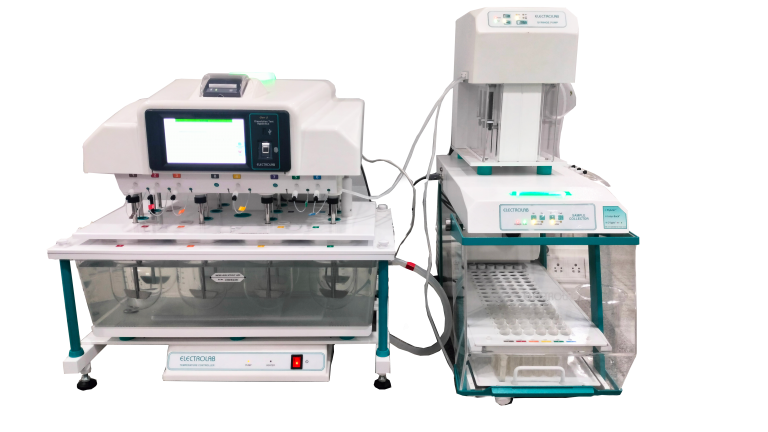
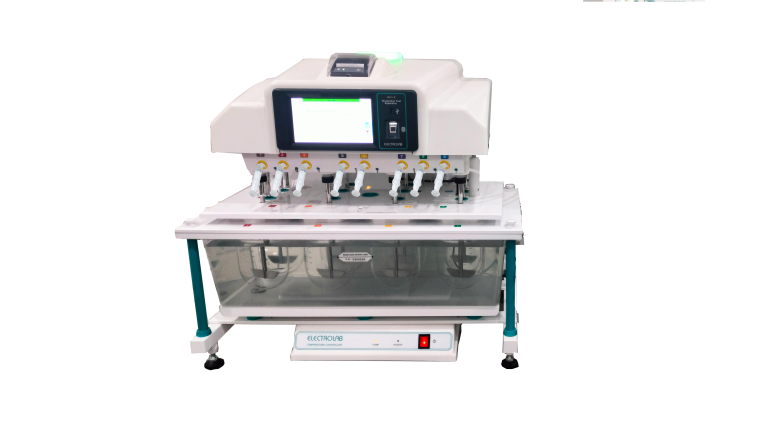
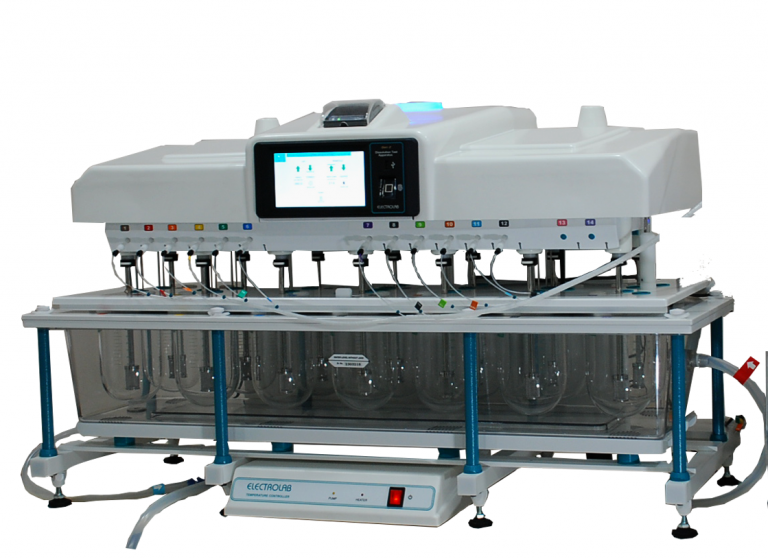
Reviews
There are no reviews yet.